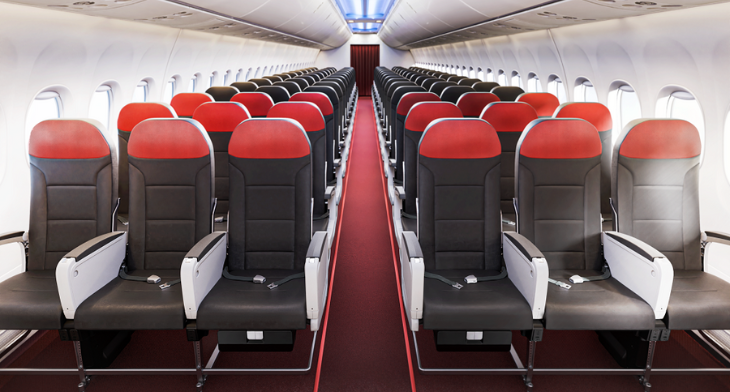Airlines to Adapt Seat Capacity to Navigate Industry Challenges, Says Analyst

Amid industry challenges, airlines are set to fine-tune their seat capacity to address labor and fuel cost concerns, according to Savi Syth, an analyst and managing director at Raymond James.
Although air travel affordability has decreased by 13.2% year-over-year, strong demand during peak travel periods is prompting airlines to swiftly adjust their capacity. The Transportation Security Administration reported record-breaking screening numbers, with seven of the busiest days ever occurring this year.
While airline stocks have seen a 30% decline from their highs, Syth believes Delta and Alaska Air Group are better positioned for the coming year, with expectations that the industry will fare better than the market anticipates despite ongoing challenges, including fuel prices still hovering around 50% above 2019 levels.
According to a McKinsey report, airlines should reevaluate the economics of their flights, especially long-haul ones, as business travel is expected to recover slower and weaker than leisure travel. Airlines should also consider different pricing logic, network optimization, and fleet composition to maximize their revenues and minimize their costs.
Another report by Airways Magazine analyzed the performance of global airlines in October 2023, showing how different carriers have adapted their seat capacity to cope with the pandemic. For example, American Airlines increased its flight frequencies by 4.7% compared to September 2023, focusing on enhanced routing, flexible flight schedules, and expanding domestic and international markets. Delta Air Lines also increased its flight frequencies by 3.1% compared to September 2023, emphasizing passenger experiences, modern technology, and transatlantic routes.
Sources: AirGuide Business airguide.info, bing.com, mckinsey.com, airwaysmag.com
